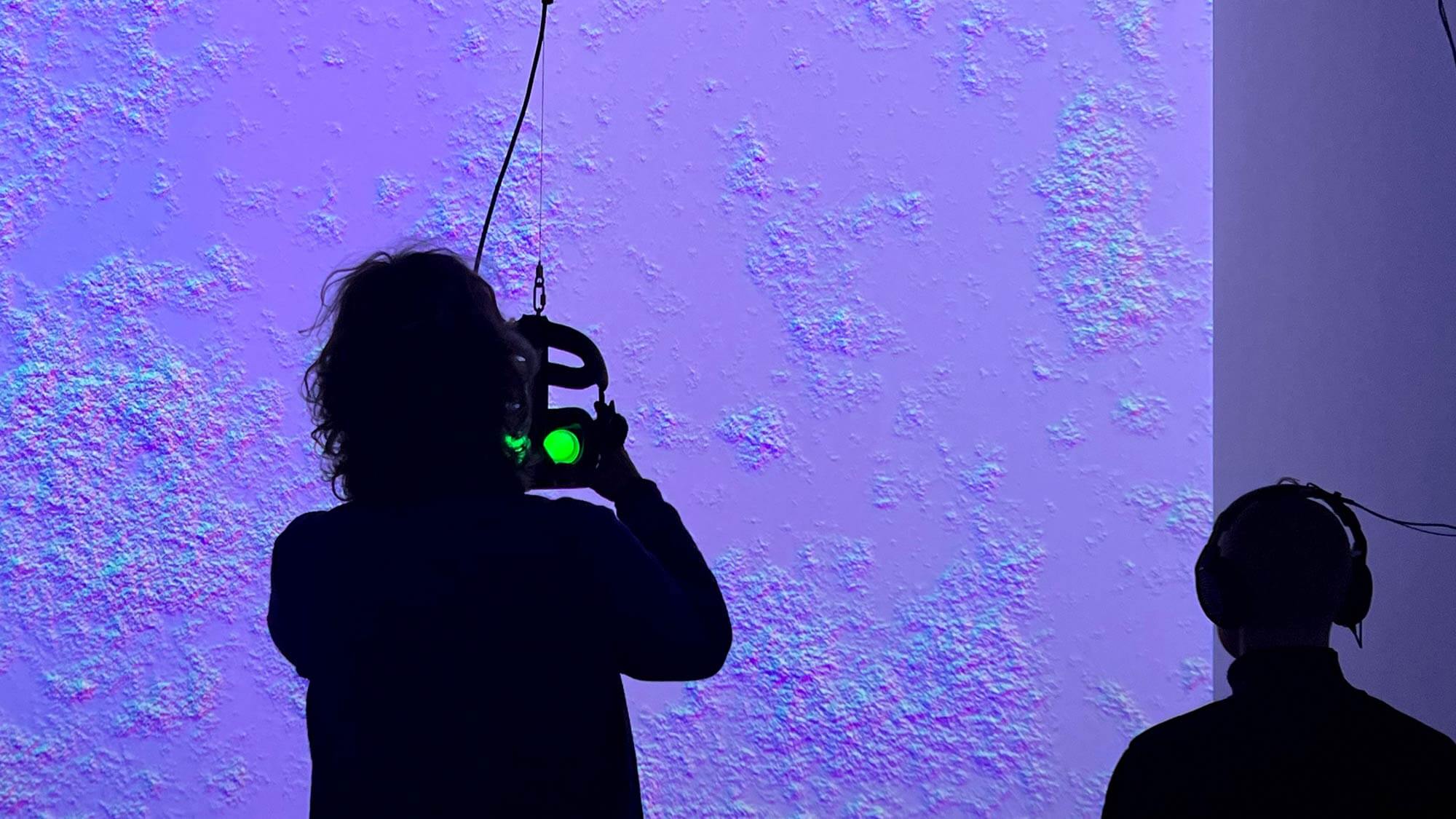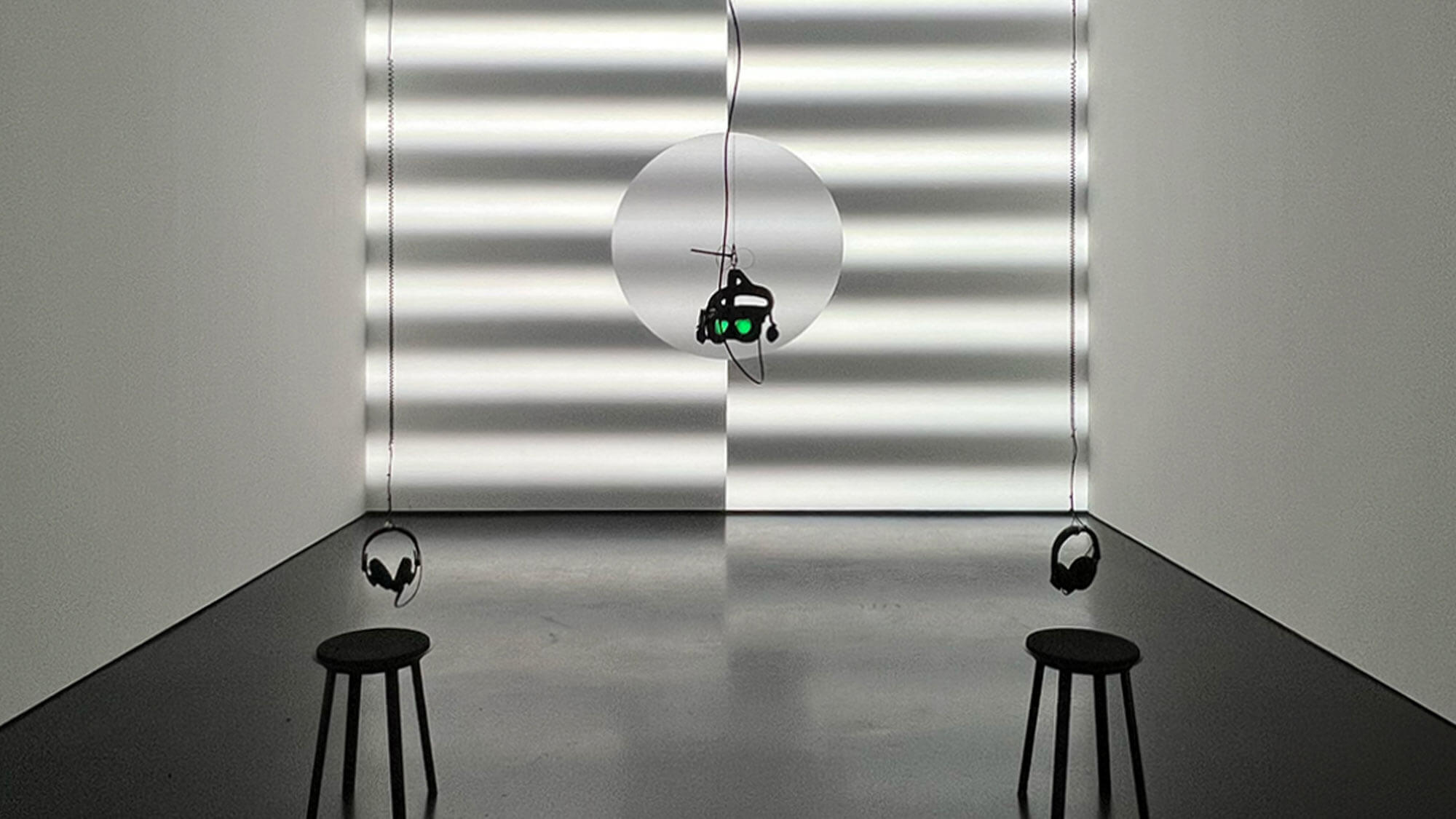Nomination
www.atelier-e.net/works/autopoiesis
How might an installation engage not with humans directly, but with their minds? AUTOPOIESIS offers an experience that defies easy interpretation, oscillating between activation and deceleration. It utilizes our sensory system, converting light and sound into neurophysiological processes, exploring how audio-visual stimuli affect the brain. This project, a collaboration between ATELIER-E and Fraunhofer IAO in Stuttgart, developed immersive stimuli tailored for the brain, focusing on how color, shapes, and sound influence brain activity and enhance interhemispheric connectivity. A concurrent Fraunhofer study mirrors the exhibition’s stimuli, aiming to reveal audiovisual synchronicities in our unconscious perception. The exhibition space integrates scientific findings, transforming a sterile lab into an engaging, open area, inviting firsthand interaction with the research.
This innovative approach melds art and science, encouraging visitors to delve into the subconscious intricacies of their own minds.
Credits
Audio visual installation: ATELIER-E
Studio assistance: Aaron Schwerdtfeger
Curation: Dr. Anett Holzheid, Sarah Donderer, Nina Liechti, Beatrice Zaidenberg
Neuroscientific consulting: Ravi Kanth Kosuru, Dr. Mathias Vukelic
Co-production: ZKM | Center for Art and Media Karlsruhe
The artistic research project AUTOPOIESIS is realized in collaboration with Fraunhofer Institute for Industrial Engineering IAO, IAT of the University of Stuttgart and the media artists of ATELIER-E Produced in cooperation with ZKM | Center for Art and Media Karlsruhe.
Biography
ATELIER-E (DE) is a Berlin-based interdisciplinary studio for new media and computational design. It was founded by media artists Daniel Dalfovo (DE) and Christian Losert (DE). They both work and teach at the intersection of arts and creative technology. Together they develop new media installations, research on future technologies, and create code and systems for audio visual spaces.






